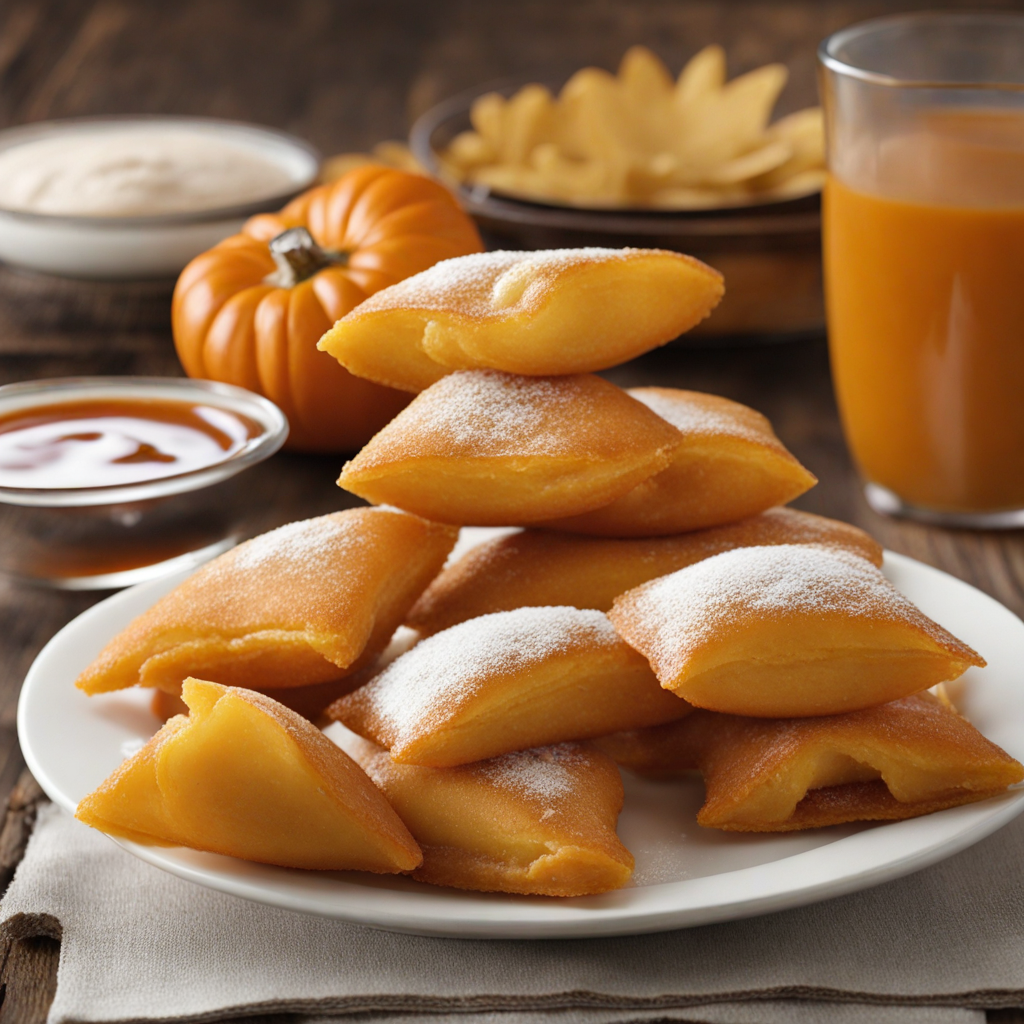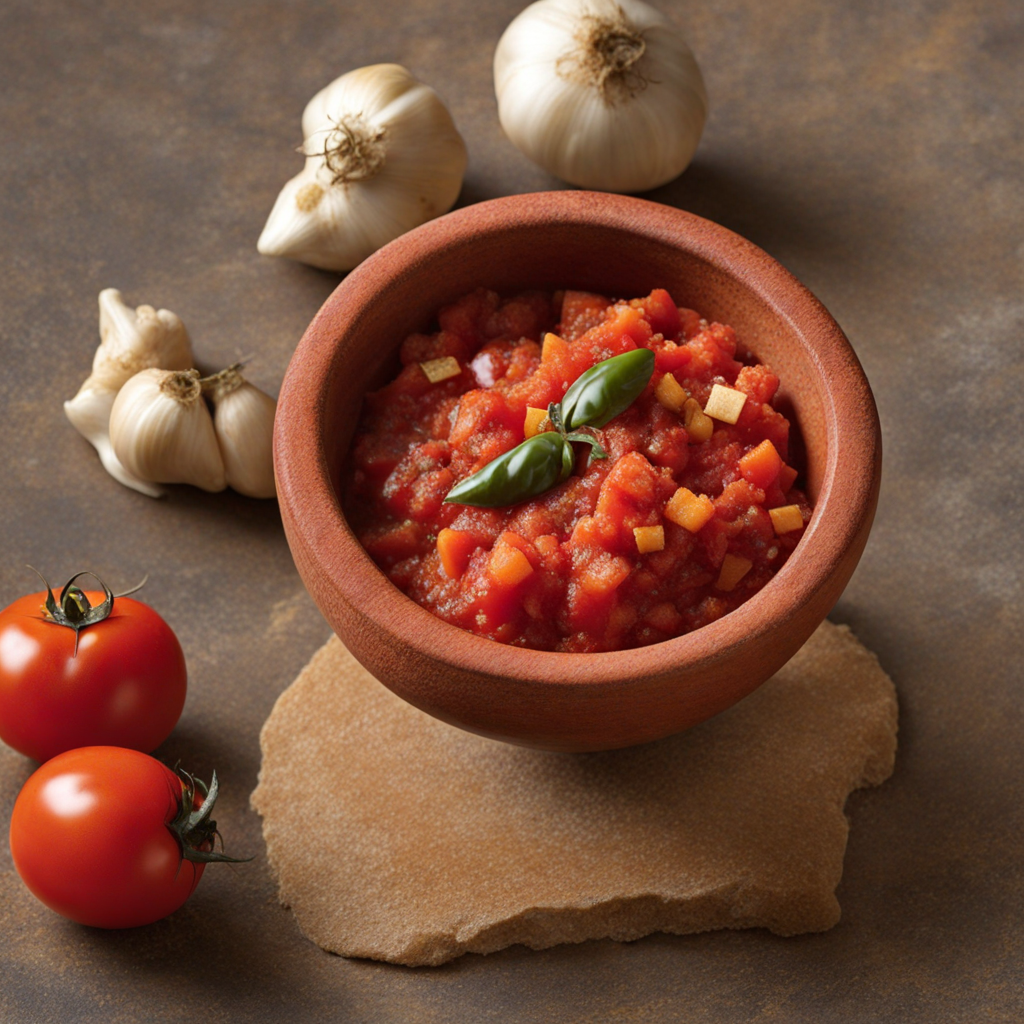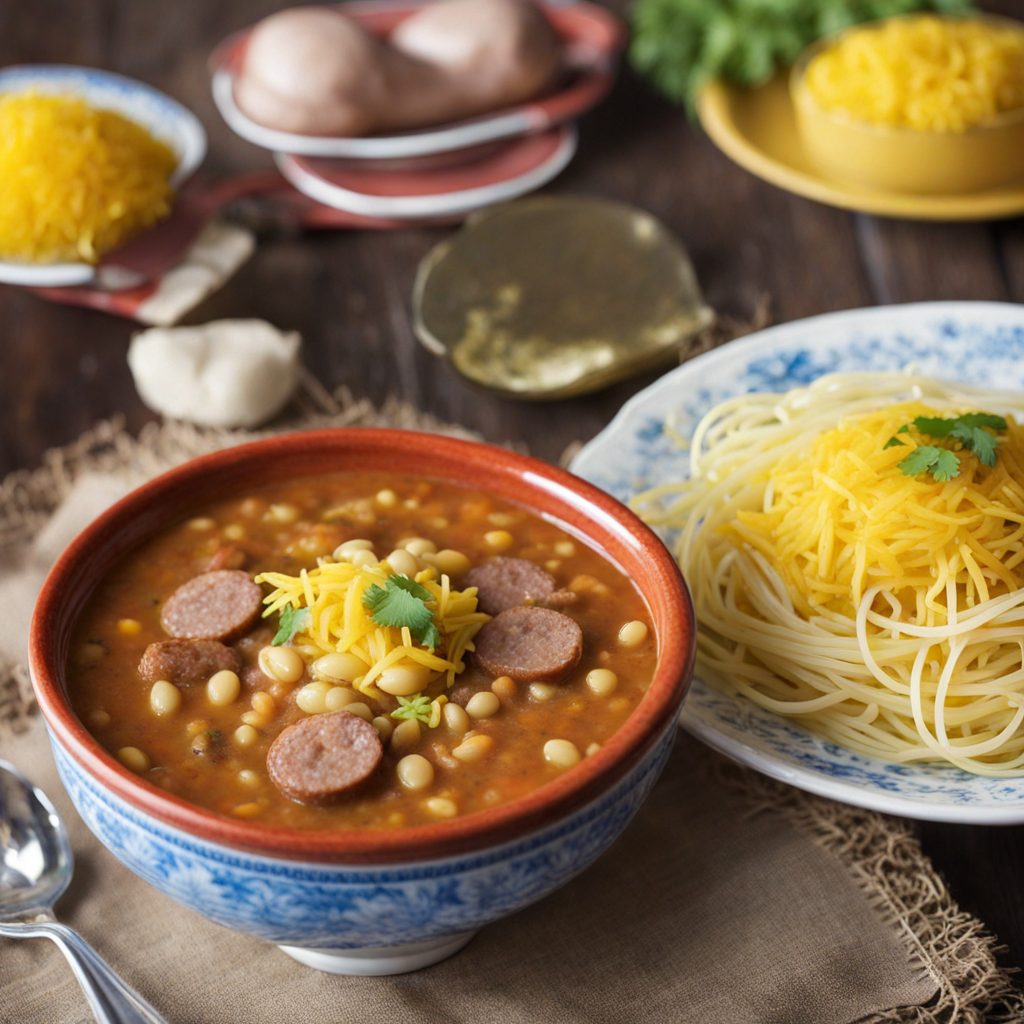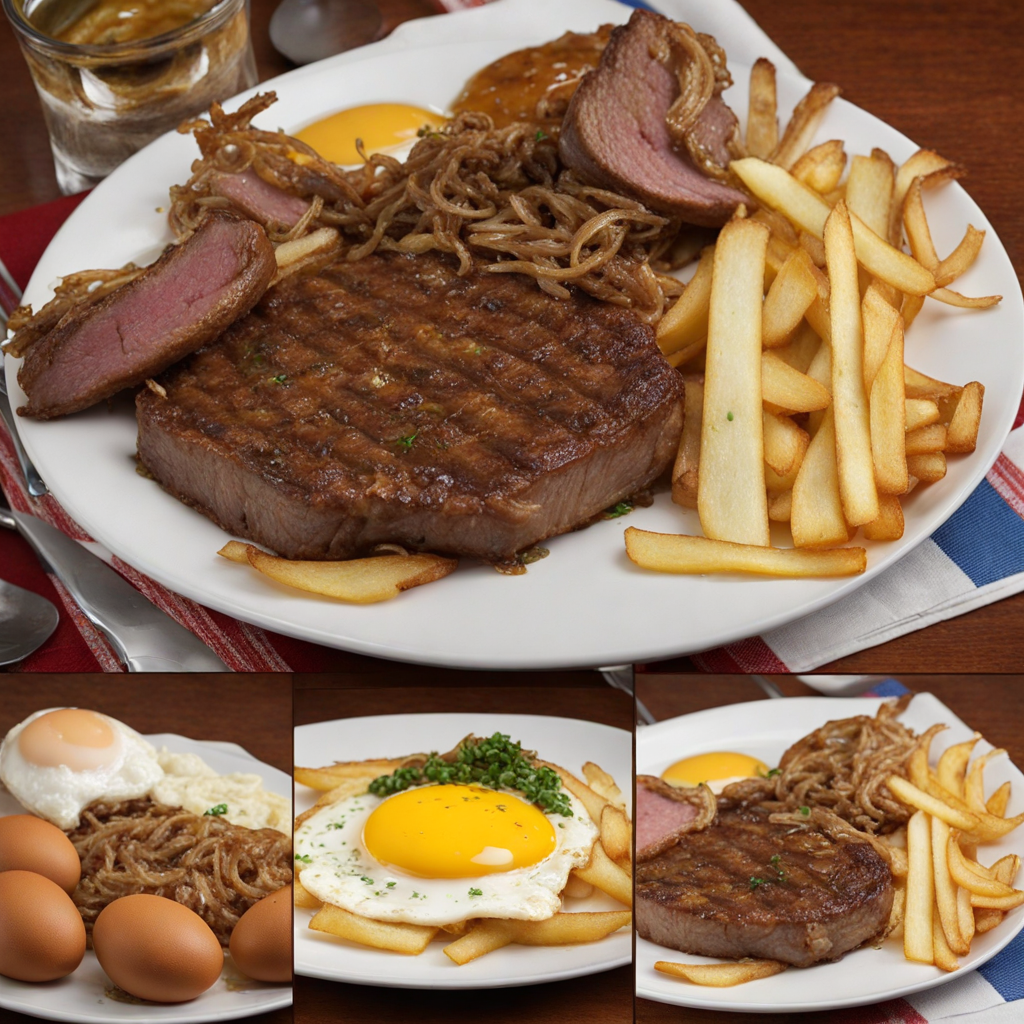Sopaipillas
Sopaipillas are delightful, fluffy pastries that hold a special place in Chilean cuisine. These golden-brown treats are typically made from a simple dough consisting of wheat flour, baking powder, and pumpkin or sweet potato, which gives them a subtle sweetness and a beautiful hue. The dough is rolled out and cut into small, round shapes before being deep-fried until they puff up and develop a crispy exterior, while remaining soft and tender inside. Their irresistible aroma fills the air, inviting anyone nearby to indulge in these irresistible snacks. Traditionally, sopaipillas are served warm and can be enjoyed in a variety of ways. A common practice is to drizzle them with a generous amount of chancaca, a thick syrup made from raw cane sugar, water, and spices like cinnamon and orange zest. This sweet topping enhances the natural flavors of the sopaipillas and creates a delightful contrast between the crispy outside and the soft inside. Some people also enjoy them with pebre, a fresh salsa made from tomatoes, onions, and cilantro, adding a savory twist to the sweet treat. Sopaipillas are more than just a snack; they are often enjoyed during special occasions, family gatherings, and festivals. They embody the spirit of Chilean hospitality and are loved by locals and visitors alike. Whether you choose to savor them sweet or savory, sopaipillas are a must-try for anyone looking to explore the rich and diverse flavors of Chilean food.
How It Became This Dish
Sopaipillas: A Deep-Dive into the Chilean Delight Origins and Early Beginnings Sopaipillas, an iconic dish in Chile, are fried pastries that carry a rich tapestry of history woven through the culinary traditions of the region. The roots of sopaipillas can be traced back to the indigenous peoples of South America long before the arrival of the Spanish conquistadors in the 16th century. The Mapuche and other native groups utilized locally available ingredients such as corn, pumpkin, and various grains to create simple yet nourishing foods. The concept of frying dough, however, was introduced by European settlers, who brought with them various culinary techniques. The word "sopaipilla" itself is derived from the Spanish word "sopaipa," which refers to a fried pastry or dough. This term has its origins in the Arabic word "sabab," meaning "to soak," which hints at the Moorish influence in Spanish cuisine following the Reconquista. Over time, the Spanish colonizers began to adapt their recipes to incorporate indigenous ingredients, leading to a fusion that would ultimately shape the culinary landscape of Chile. Cultural Significance In Chile, sopaipillas are more than just a tasty snack; they are deeply entrenched in the country’s social and cultural fabric. Traditionally served with pebre (a spicy condiment made from tomatoes, onions, and cilantro), these golden, flaky pastries are often enjoyed during the celebrations of national holidays, particularly during Fiestas Patrias in September, when Chileans commemorate their independence. Sopaipillas are also associated with family gatherings and communal events. They are a common sight at fairs and markets, where vendors fry them on-site, enticing passersby with their irresistible aroma. The act of making sopaipillas is often a communal activity that brings families together, fostering connections through shared culinary experiences. The versatility of sopaipillas is another reason for their cultural significance. They can be served sweet, drizzled with chancaca (a syrup made from raw sugar), or savory, filled with a variety of ingredients from cheese to stews. This adaptability allows sopaipillas to cater to a wide range of tastes and occasions, further embedding them in the daily lives of Chileans. Evolution Over Time As Chile's culinary identity developed, so did the recipe for sopaipillas. The traditional preparation involved a simple mixture of flour, water, and a fat source—typically lard or butter. The introduction of pumpkin into the dough became a hallmark of the Chilean version, giving the pastries a distinct flavor and a vibrant orange hue. This adaptation is believed to have occurred in the 19th century, as pumpkin was widely cultivated in Chile and became a staple in the local diet. In the early 20th century, as urbanization took hold and Chile's population became more concentrated in cities, the way sopaipillas were consumed began to shift. Street vendors started specializing in these delightful pastries, offering them as quick and affordable snacks for the working class. This era marked the rise of the "sopaipillero," vendors who became an integral part of Chile's urban landscape, much like hot dog stands in other parts of the world. The post-World War II era brought significant changes to Chilean cuisine, as global influences seeped into the country's culinary practices. With the introduction of new cooking oils and convenience foods, the preparation of sopaipillas began to evolve. While traditionalists remained loyal to the classic frying methods, many households experimented with baked versions, catering to changing dietary preferences and health considerations. The 21st century has seen a resurgence of interest in traditional Chilean foods, fueled by a broader movement towards preserving culinary heritage. Chefs and home cooks alike are revisiting classic recipes, including sopaipillas, and exploring regional variations. Some have even begun to incorporate contemporary flavors, such as spicy cheeses or global ingredients like pesto, into their sopaipilla fillings. Sopaipillas in Modern Chile Today, sopaipillas continue to be a beloved staple in Chile. They are commonly found in homes, restaurants, and food trucks, often served alongside other traditional dishes like empanadas and pastel de choclo. The popularity of sopaipillas has transcended borders, with Chilean expatriates introducing them to new audiences around the world. Social media has played a significant role in this culinary revival. Food bloggers and influencers often showcase their own takes on sopaipillas, encouraging a younger generation to engage with this traditional dish. Cooking classes and workshops dedicated to Chilean cuisine frequently feature sopaipillas, emphasizing their role in both historical and contemporary Chilean culture. Moreover, the increasing emphasis on sustainable and local eating practices has led to a renewed interest in traditional ingredients used in sopaipilla preparation. Local farmers markets have become popular venues for sourcing fresh produce, including the pumpkins that give sopaipillas their unique flavor. This movement not only supports local economies but also fosters a sense of pride in Chile’s agricultural heritage. Conclusion Sopaipillas are much more than just a delightful treat; they are a symbol of Chilean identity, history, and resilience. Their evolution from indigenous roots to a beloved national snack encapsulates the rich interplay of cultures that defines Chilean cuisine. As they continue to adapt and flourish in modern culinary landscapes, sopaipillas remind us of the importance of food as a vessel for cultural expression and community connection. Whether enjoyed at a bustling street fair, during a family gathering, or in the comfort of one’s home, these golden pastries remain a cherished part of Chile's culinary narrative, bridging the past with the present and future.
You may like
Discover local flavors from Chile







